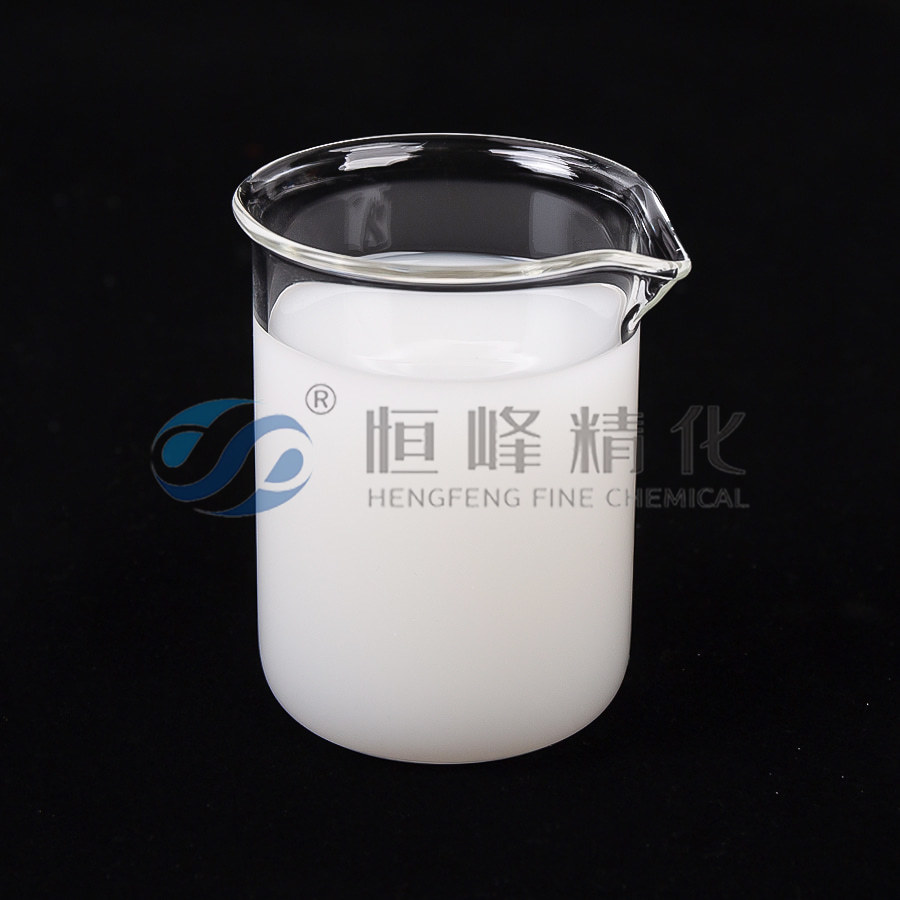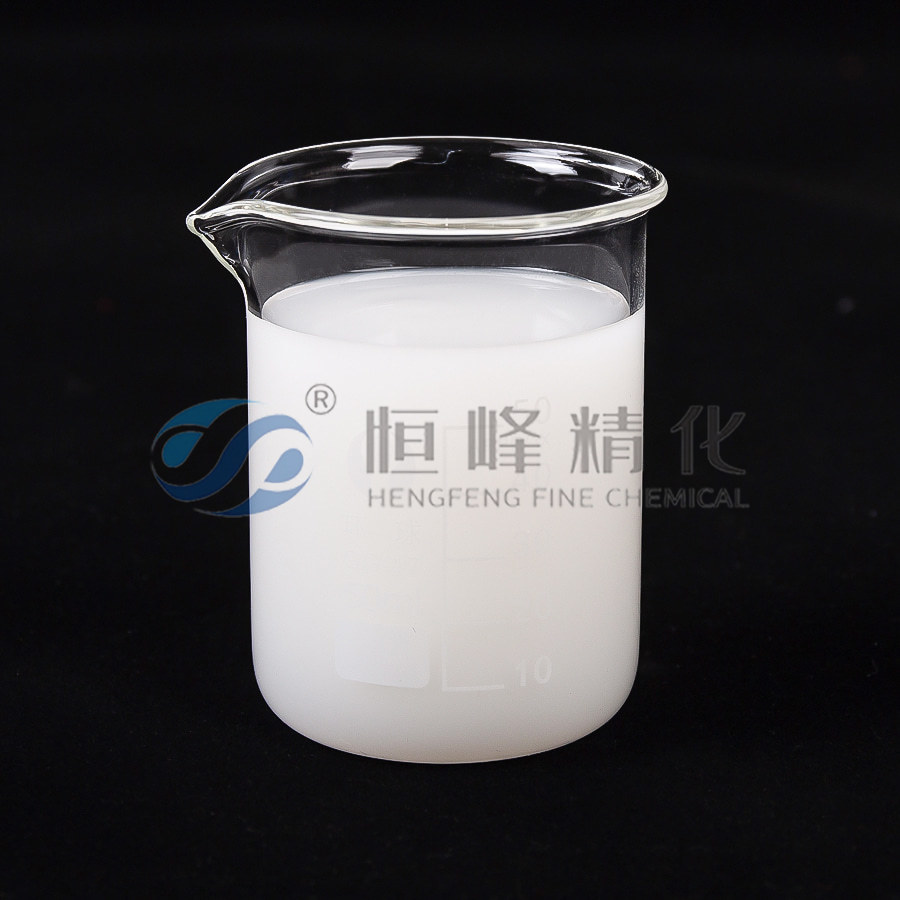How do changes in paper machine conditions affect the performance of retention aids?
The performance of retention aids in papermaking is intricately linked to the conditions of the paper machine, and understanding this relationship is crucial for optimizing both the quality of the paper produced and the efficiency of the manufacturing process. Retention aids, such as high molecular weight Polyacrylamide (PAM), are designed to enhance the retention of fibers, fines, and fillers, thereby improving paper quality and reducing production costs. However, their effectiveness can be significantly influenced by changes in paper machine conditions.
Firstly, variations in pH levels within the papermaking process can dramatically affect retention aid performance. High molecular weight PAMs are typically effective across a broad pH range, but significant deviations from the optimal pH can alter the polymer’s charge characteristics and its ability to interact with fibers and fillers. For instance, a shift towards more acidic or alkaline conditions can impact the stability and efficiency of the retention aid, leading to decreased retention of materials and potential quality issues in the final paper product.

Temperature is another critical factor influencing retention aid effectiveness. The papermaking process involves various stages, each with its own temperature requirements. Fluctuations in temperature can affect the viscosity and solubility of retention aids. High temperatures may lead to faster degradation of the retention aid, reducing its efficacy, while lower temperatures might cause it to become less effective in forming bonds with fibers and fillers. Consequently, paper machines operating under inconsistent temperature conditions may experience fluctuations in paper quality and efficiency.
The consistency of the stock, which refers to the concentration of fibers and other materials in the slurry, also plays a vital role. High consistency levels can strain the ability of retention aids to uniformly coat and bind fibers, potentially leading to issues with paper formation and surface quality. Conversely, very low consistency might not provide sufficient interaction opportunities for the retention aid to function optimally. Maintaining a consistent stock consistency is therefore essential for maximizing the performance of retention aids.
Flow dynamics within the paper machine, including the speed and turbulence of the stock, further impact retention aid efficiency. Variations in flow rate and turbulence can alter the dispersion of retention aids, affecting their ability to interact uniformly with the fiber slurry. High turbulence might cause the retention aid to be unevenly distributed, leading to areas of poor retention and inconsistent paper properties. On the other hand, low turbulence could result in inadequate mixing of the retention aid, reducing its overall effectiveness.
Additionally, the presence of contaminants or other chemicals in the papermaking process can interfere with the function of retention aids. Contaminants may interact with the retention aid, potentially causing it to precipitate or become less effective. Similarly, other chemicals used in the process, such as sizing agents or wet-strength resins, can affect the interaction between the retention aid and the paper slurry. It is crucial to monitor and manage the chemical environment of the paper machine to ensure that retention aids perform optimally.
The performance of retention aids is highly sensitive to changes in paper machine conditions. Variations in pH, temperature, stock consistency, flow dynamics, and the presence of contaminants all play significant roles in determining how effectively retention aids can enhance fiber, filler, and fines retention. By closely monitoring and controlling these factors, papermakers can optimize the use of retention aids, thereby improving paper quality, reducing production costs, and enhancing overall efficiency. Understanding and managing these variables is essential for achieving consistent and high-quality results in the papermaking process.


 English
English Español
Español عربى
عربى Русский
Русский Tiếng Việt
Tiếng Việt
















